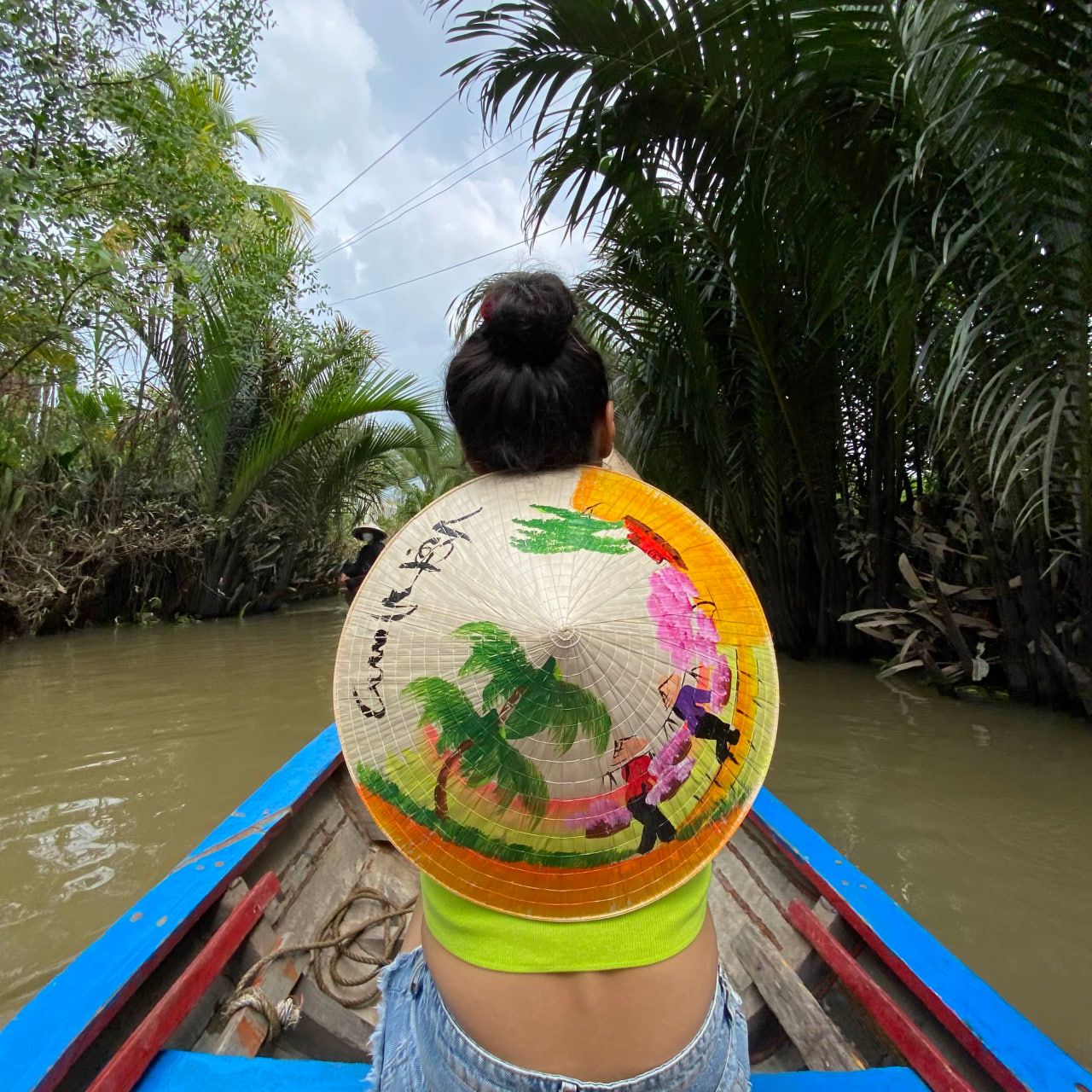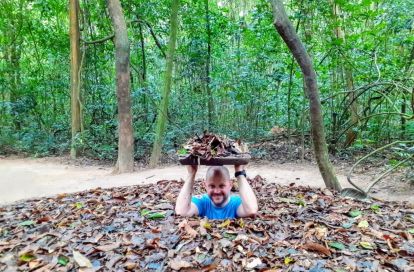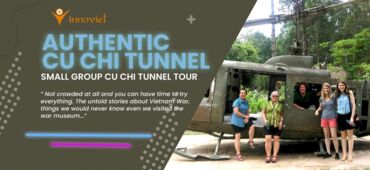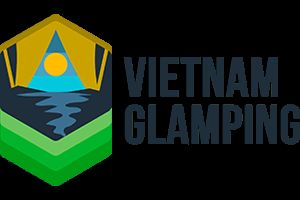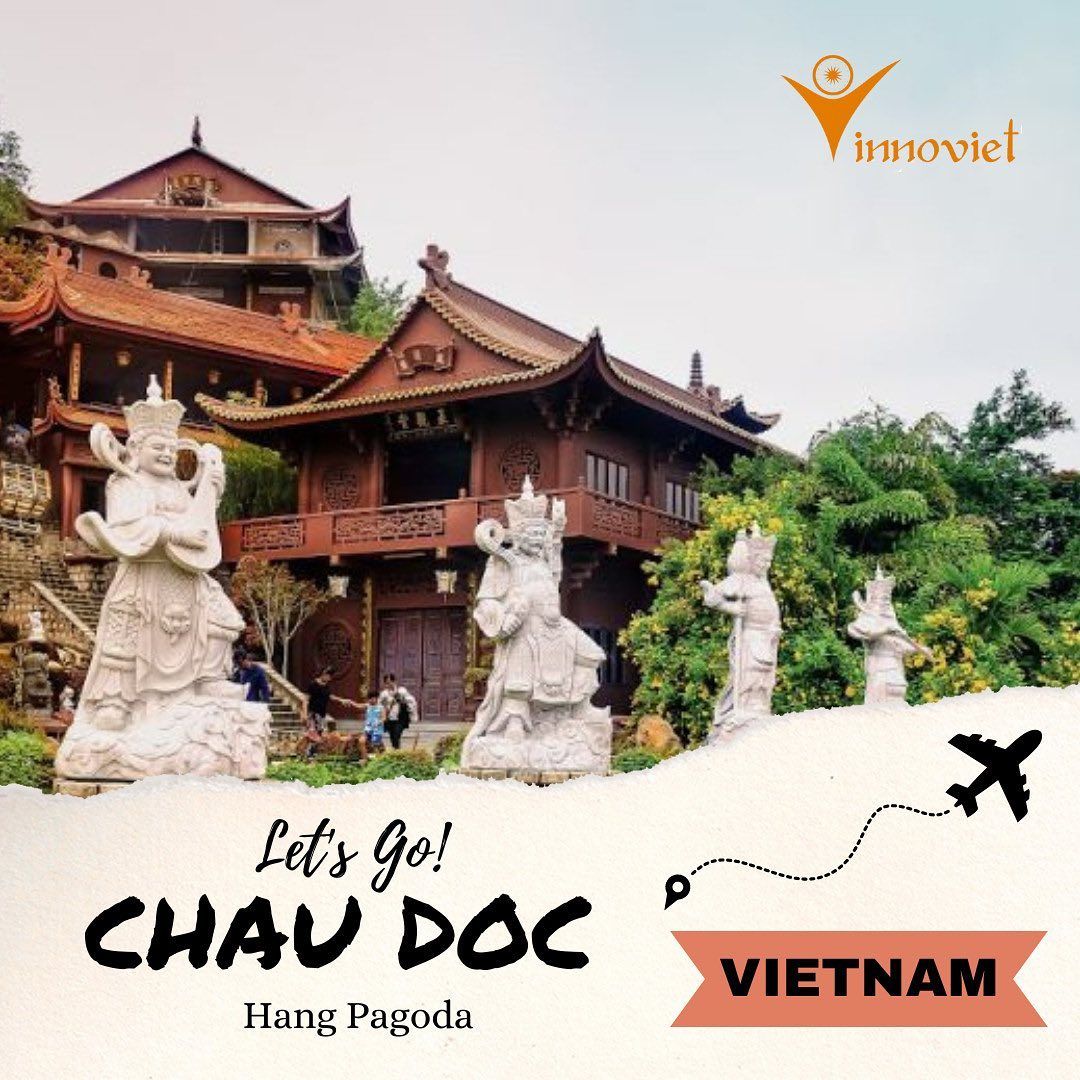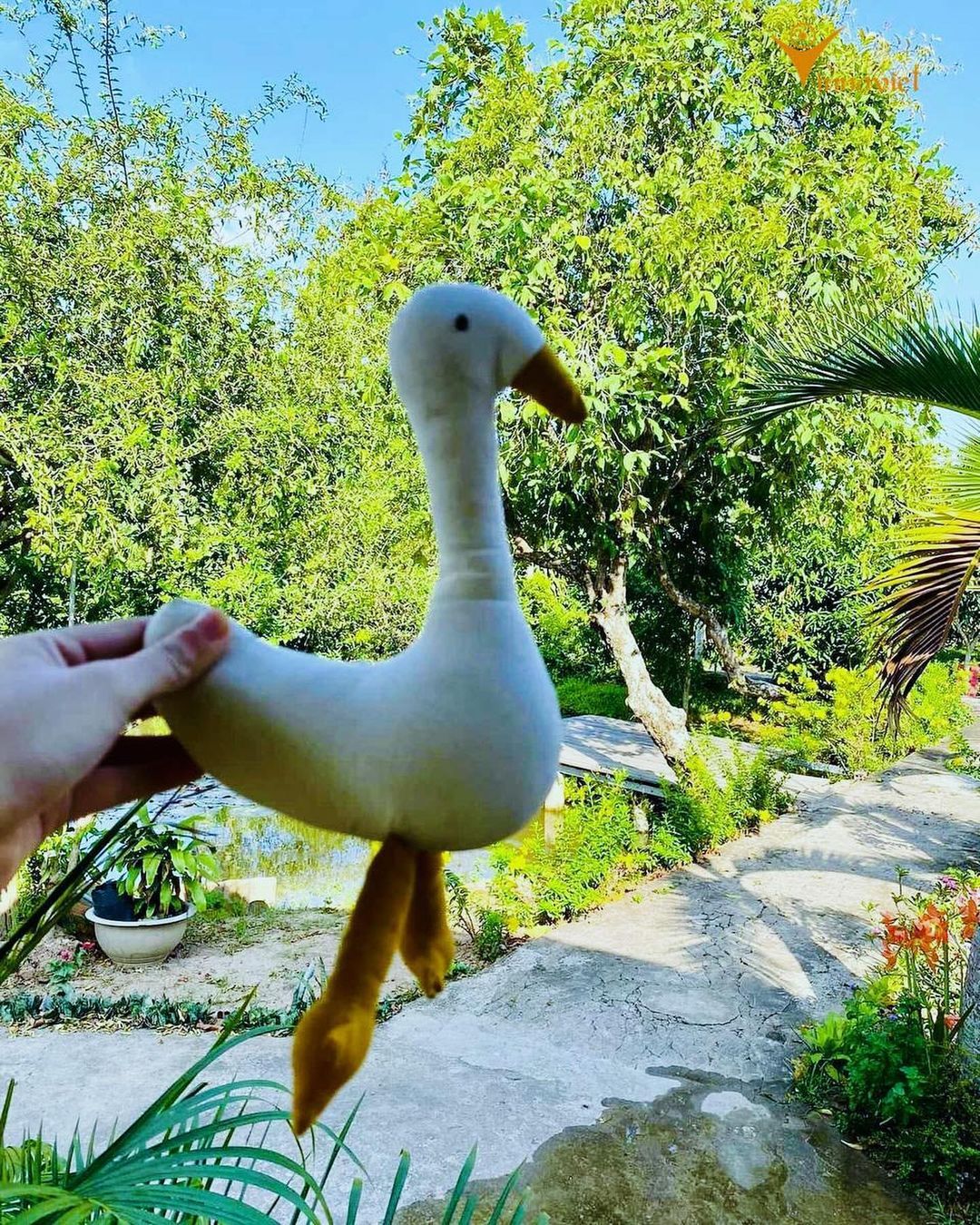Beyond the Surface: Discover the untold stories of Vietnam’s Cu Chi Tunnels. More than a tourist attraction, this underground labyrinth is a profound journey through resilience, strategy, and survival during the Vietnam War.
Why the Cu Chi Tunnels Are More Than Just a Tourist Attraction
Visiting the Cu Chi Tunnels near Ho Chi Minh City isn’t just a travel checklist item—it’s an emotional dive into Vietnam's complex war history. Beneath the tropical canopy lies a labyrinth of over 200 kilometers of underground tunnels used by the Viet Cong during the Vietnam War.
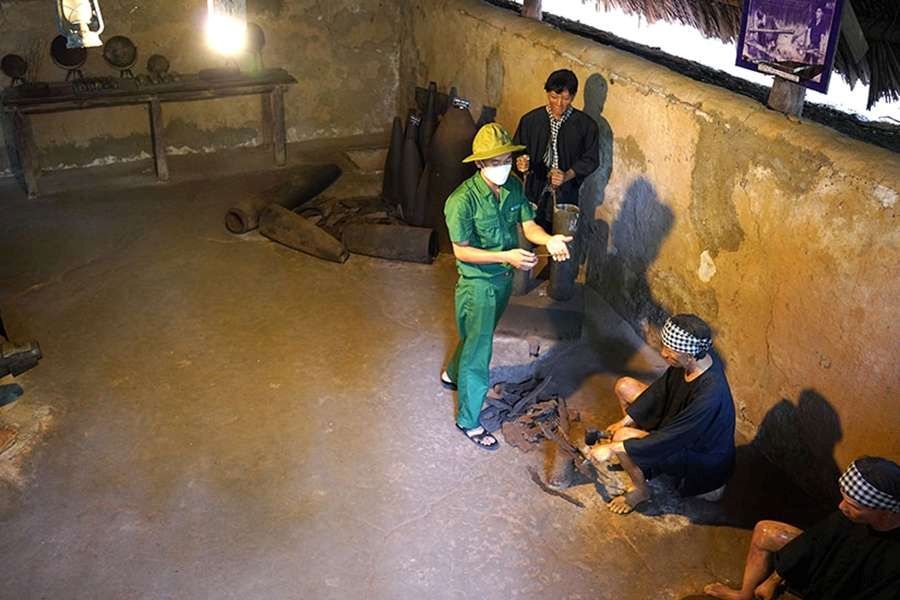
But these aren’t just narrow passageways in the dirt. They are a testament to Vietnamese ingenuity and resilience. From trap-filled corridors to hidden kitchens and makeshift hospitals, the Cu Chi Tunnels offer an unforgettable glimpse into a secret world shaped by necessity and survival.


The underground network spans three levels, with tunnels ranging from 3 to 12 meters deep. Designed with a complex “backbone” structure and countless side branches—some stretching to the Saigon River—the tunnels could be isolated during emergencies and cleverly disguised through camouflaged entrances, ventilation shafts resembling termite mounds, and hidden access hatches.
Key Features of the Cu Chi Tunnels:
- Level 1 (3m deep): Withstands bullets and the weight of tanks.
- Level 2 (5m deep): Offers protection against small bombs.
- Level 3 (8–12m deep): Safeguards against large-scale air raids.

Inside the tunnels were command centers, living quarters, weapon storage, medical stations, Hoang Cam smokeless kitchens, and even performance halls where guerrillas watched films or performed revolutionary art. Secret “dead ends,” booby traps, and air-tight doors defended against enemy infiltration and chemical attacks.
Despite major military campaigns by US and South Vietnamese forces—including sending “tunnel rats” inside to destroy them—the Cu Chi Tunnels remained functional and protected many lives thanks to smart engineering and the villagers’ unmatched determination.
Unveiling the History of the Cu Chi Tunnels
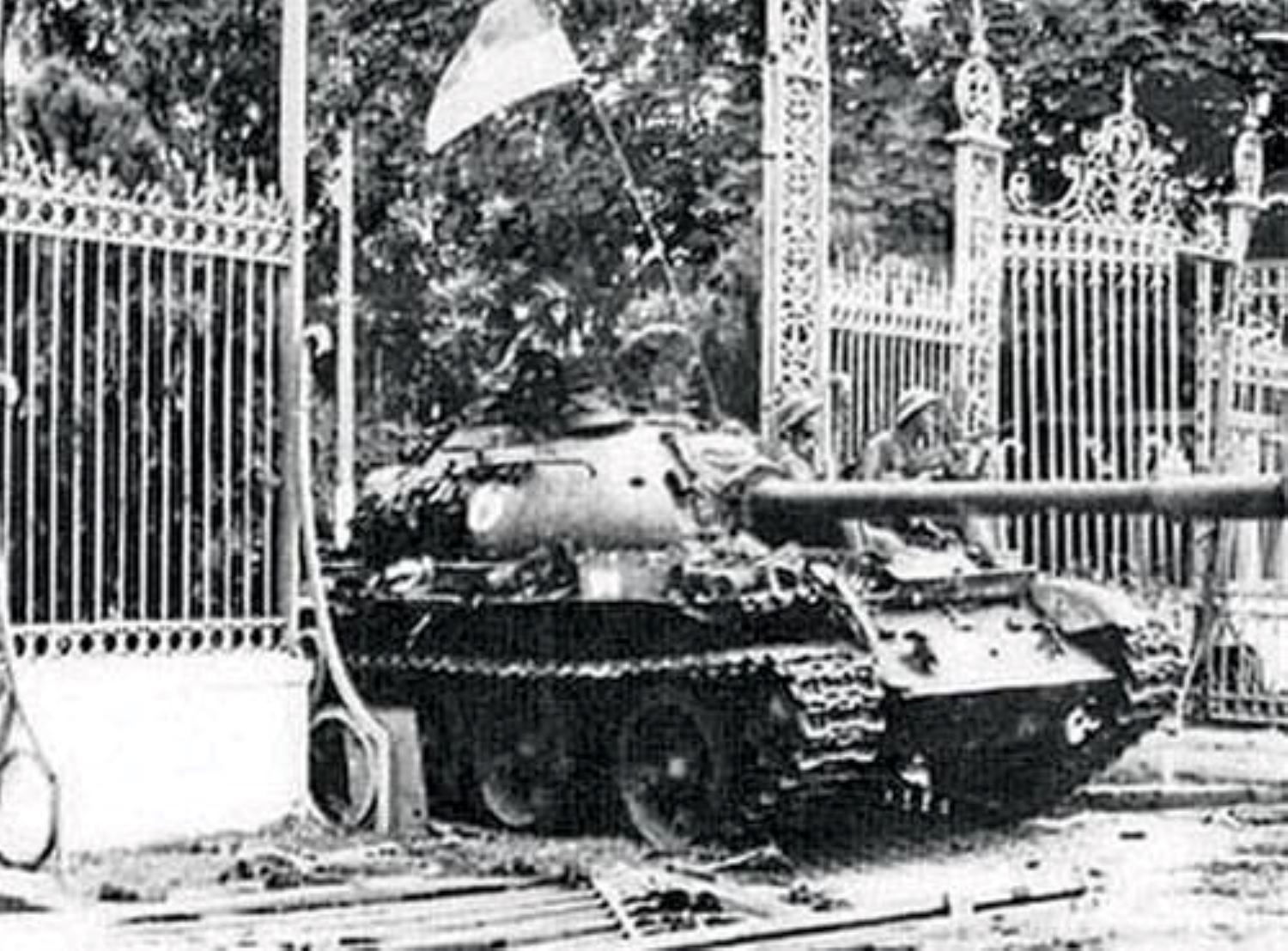
From Resistance to Revolution
The Cu Chi Tunnels date back to the late 1940s when they were first constructed to combat French colonial forces. But during the 1960s, this subterranean network was dramatically expanded by the Viet Cong to fight against American troops and South Vietnamese forces.
They weren't just hiding spots. These tunnels served as military command centers, communication routes, armories, and homes. Entire communities lived underground for years.
New Film Release 2025: "Cu Chi Tunnels: Sun in the Shadows"

In celebration of this historical milestone, the new Vietnamese feature film “Cu Chi Tunnels: Sun in the Shadows” premiered on April 30, 2025. Directed by acclaimed filmmaker Bui Thac Chuyen, the film pays tribute to the silent sacrifices of Cu Chi guerrillas and civilians.
The movie immerses viewers in the gritty life inside the tunnels, capturing the tension, spirit, and humanity of those who lived beneath the earth for the sake of national liberation. To achieve authenticity, the film team rebuilt a 250-meter replica of the Cu Chi Tunnels for filming.
Top Experiences Inside the Cu Chi Tunnels

1. Crawl Through History – Literally
At various points, visitors can descend into reconstructed tunnels. Choose from 20m to 100m stretches—but be warned, they’re dark, humid, and claustrophobic. Perfectly preserved to match the original dimensions (often less than 1m in height), these sections bring history vividly to life.
2. Explore Ingenious Trap Designs
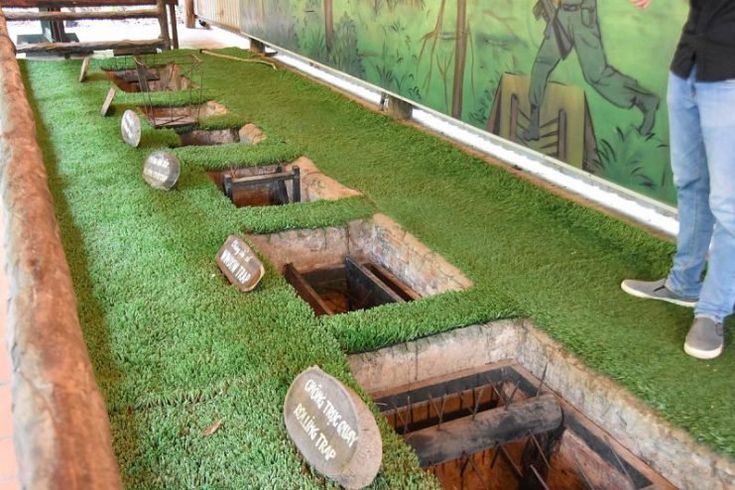
Photo: Pinterest
Learn about the brutal efficiency of Viet Cong traps—booby traps, punji sticks, and spike pits. These devices, built using simple materials, were devastatingly effective. It’s chilling and fascinating in equal measure.
3. Hoang Cam Kitchen: Survival Through Simplicity
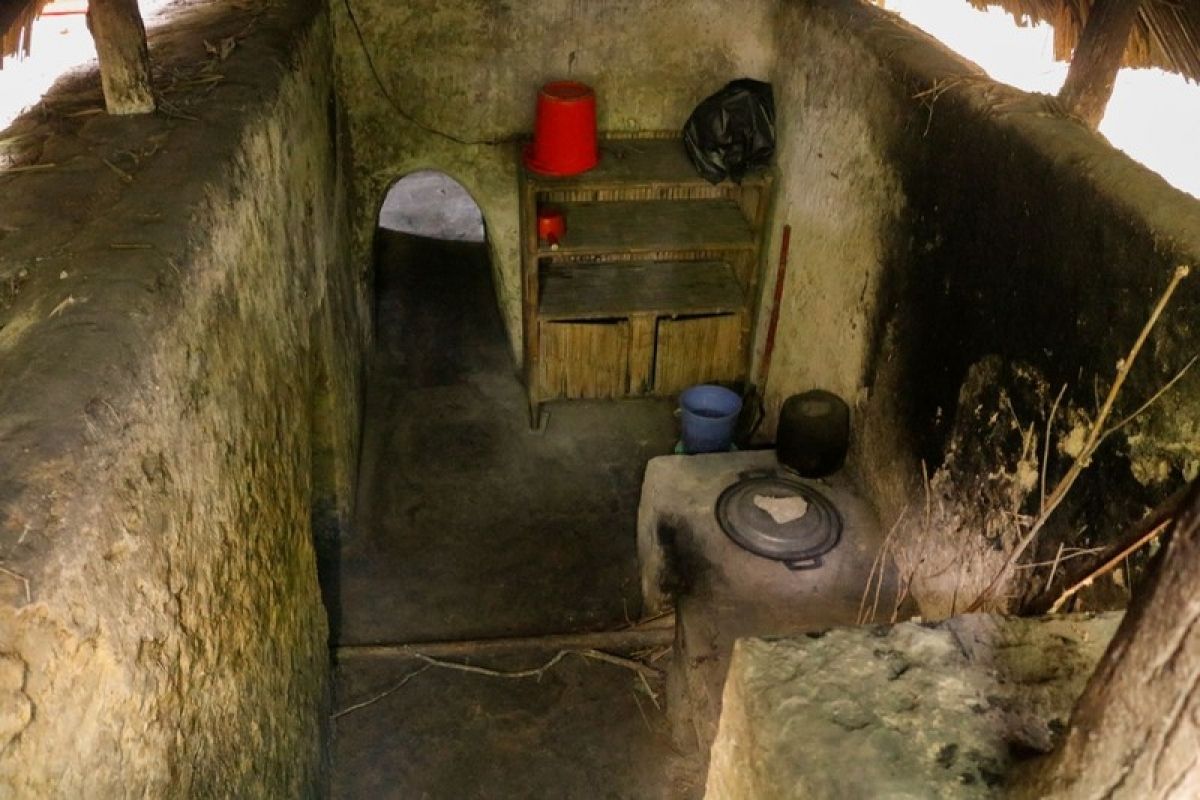
Photo: Pinterest
The Hoang Cam stove was a smokeless kitchen system used by Vietnamese soldiers to avoid detection by enemy aircraft. It dispersed smoke through long underground vents, allowing troops to cook safely inside the tunnels.
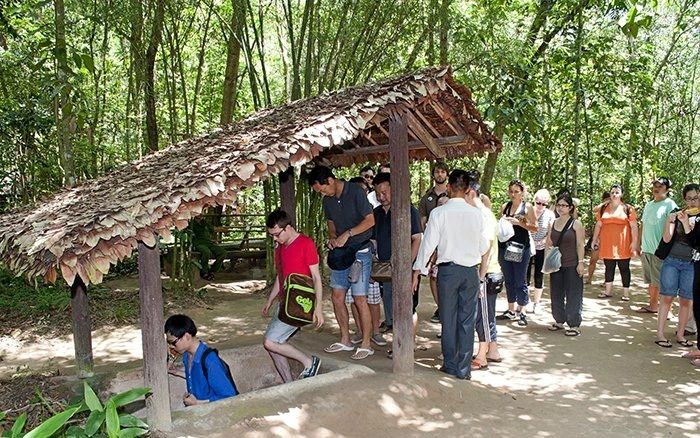
Visit the smokeless kitchen where tapioca was boiled underground. Sample the same war-time staple meal—cassava with peanut salt. It's a poignant reminder of the harsh living conditions Vietnamese fighters endured.
4. Fire Real Weapons at the Cu Chi Shooting Range
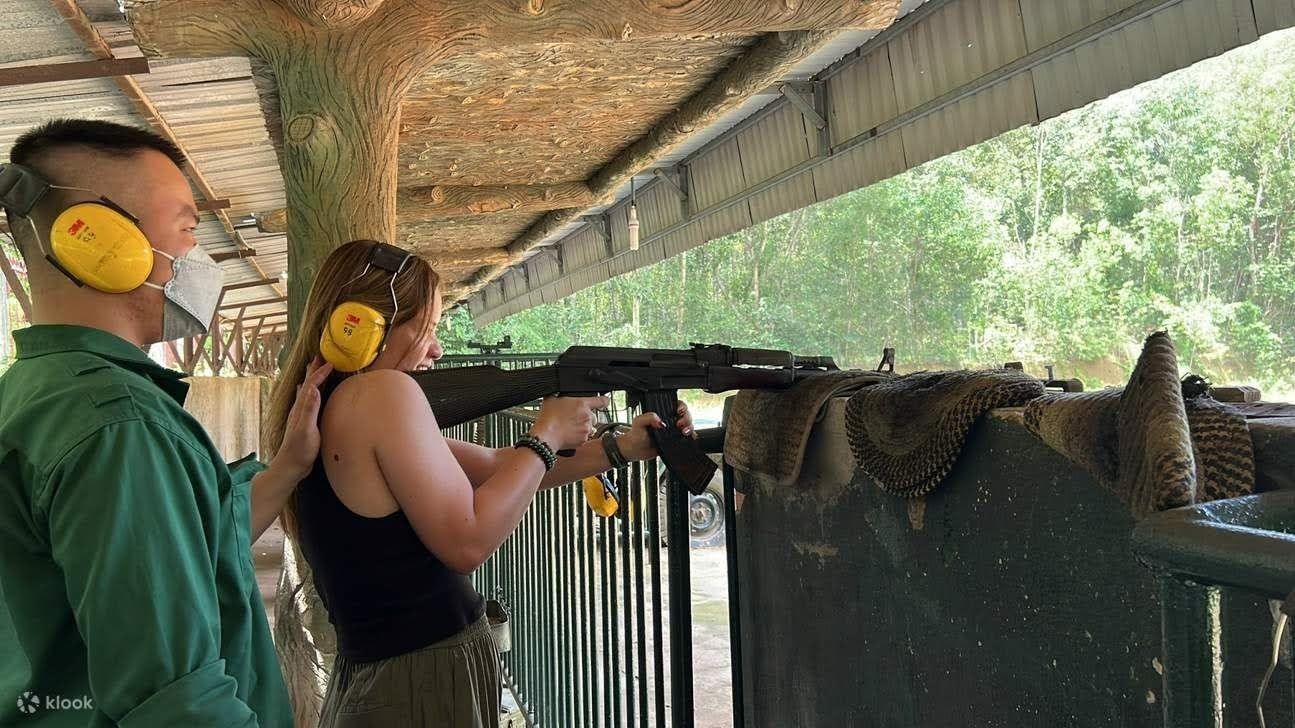
For the thrill-seekers, test your aim at the shooting range using AK-47s, M16s, and more. While this is optional, it offers a rare opportunity to interact with authentic weaponry from the war era.
Tour or DIY: What’s the Best Way to Visit Cu Chi Tunnels?
| Method | Pros | Cons |
|---|---|---|
| Guided Tour | Hassle-free, informative, efficient | Fixed schedule, less personal time |
| DIY Trip | Flexible, potentially cheaper | Complex bus routes, no in-depth guide |
For most first-time visitors, a guided tour is ideal. Opt for a VIP limousine tour or even a speedboat trip for a unique twist.
When to Visit the Cu Chi Tunnels
The best time to visit is during the dry season (November–April) when the pathways are less slippery and easier to navigate. Arrive early to avoid crowds and afternoon heat.

What to Bring for Your Visit
- Comfortable shoes (you’ll walk and squat a lot)
- Light, breathable clothing
- Bug spray
- Bottled water
- Small flashlight or headlamp (for deeper tunnels)
A Journey Through the Past That Stays With You

Photo: Pinterest
More than a war relic, the Cu Chi Tunnels are a living history lesson. Whether you’re a history buff, an adventure traveler, or simply curious, this site will challenge your perspective on conflict and courage.
As you crawl through these narrow passages and listen to stories of survival, you’ll understand why the Cu Chi Tunnels aren’t just a stop on the map—they’re a defining chapter of Vietnam’s identity.
Why the Cu Chi Tunnels Matter in 2025
In 2025, Ho Chi Minh City hosted a powerful military parade and national celebration on April 30 and May 1, commemorating 50 years since the reunification of Vietnam. The vibrant streets filled with marching soldiers, veterans, students, and citizens were not just a spectacle—they were a statement to the world.

International visitors witnessed a nation proud of its past, united in the present, and hopeful for the future. It was a moment that revealed the unshakable patriotism and unity of the Vietnamese people—values forged in war and preserved in peace.
As one war veteran, who once fought in the jungles and tunnels of Cu Chi, shared during the celebration:
“Vietnam has known pain, so we understand how precious peace is. Once you have it, you must hold onto it.”
This spirit of resilience and remembrance echoes throughout the Cu Chi Tunnels—making a visit here not only a journey through underground history but also a deeper understanding of a nation that has transformed tragedy into strength.
Visit the Legendary Cu Chi Tunnels – A Must-See Historical Landmark in Vietnam
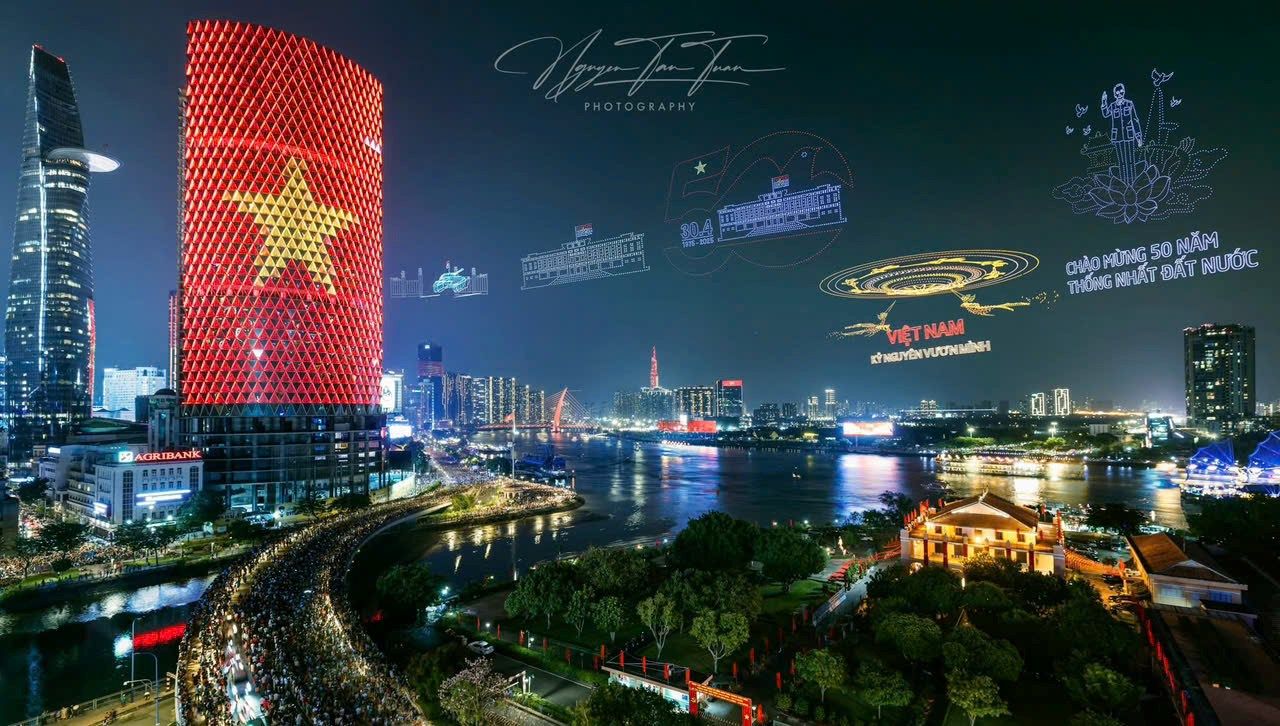
If you're planning a trip to Vietnam, don't miss the chance to visit the Cu Chi Tunnels—one of the most iconic and heroic battlefields in the country’s history. Just outside Ho Chi Minh City, this underground maze offers an unforgettable experience where history comes alive. Walking through the tunnels, you'll gain a powerful insight into the resilience, ingenuity, and unbreakable spirit of the Vietnamese people.

Photo: Pinterest
In 2025, as Vietnam marked 50 years of reunification, the Cu Chi Tunnels stood as a symbol of sacrifice and national pride. From hidden trapdoors to secret kitchens and command centers, this extraordinary site reveals how a nation endured and overcame against all odds.
Whether you're a history enthusiast, a curious traveler, or someone seeking meaningful cultural experiences, the Cu Chi Tunnels should be on your Vietnam bucket list. Come and feel the heartbeat of a people who turned struggle into strength—a visit you’ll never forget.
Start your journey today and create unforgettable memories in Vietnam here:
Small group tour cu chi tunnels - Cu Chi tunnel half day tour - Ben Duoc Tunnel Tour
Cu Chi Mekong One Day Tour | Cu Chi Tunnels & Mekong Rural Life | Innoviet Travel
Vietnam Package Tour - Immersive 15-Day Journey Through Vietnam's Heart and Soul (innoviet.com)
Saigon Walking Tour - Sai Gon Hidden Alleys
Small Group Saigon Walking Tour
Half-Day Ho Chi Minh City Walking Tour
Mekong Delta 1-Day Tour - Ben Tre boat and bike experience
Mekong Delta homestay 2 days tour with cycling trip in non-touristy villages
Mekong Delta tour 3 days with homestay - cycling - Cai Rang floating market

We hope that your experience will be nothing short of amazing
JOIN OUR FACEBOOK GROUP HERE to learn our tips as well as discuss them before going to these locations.

